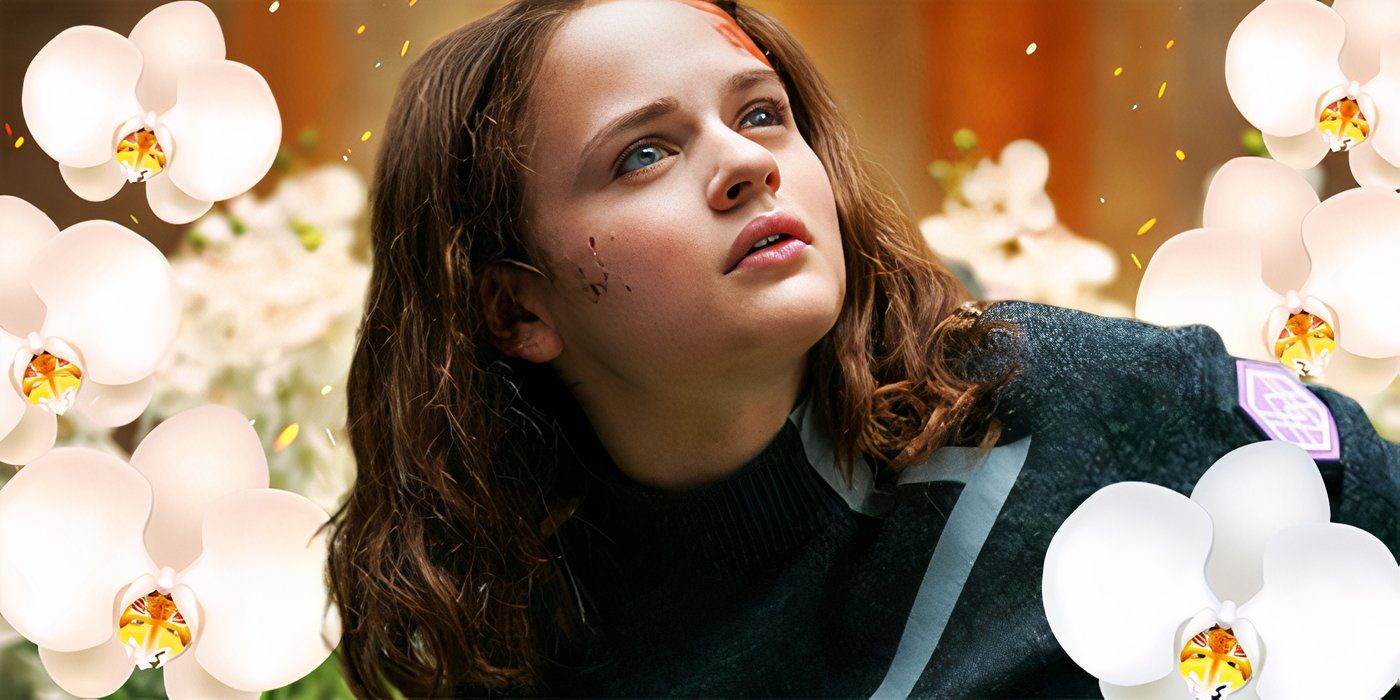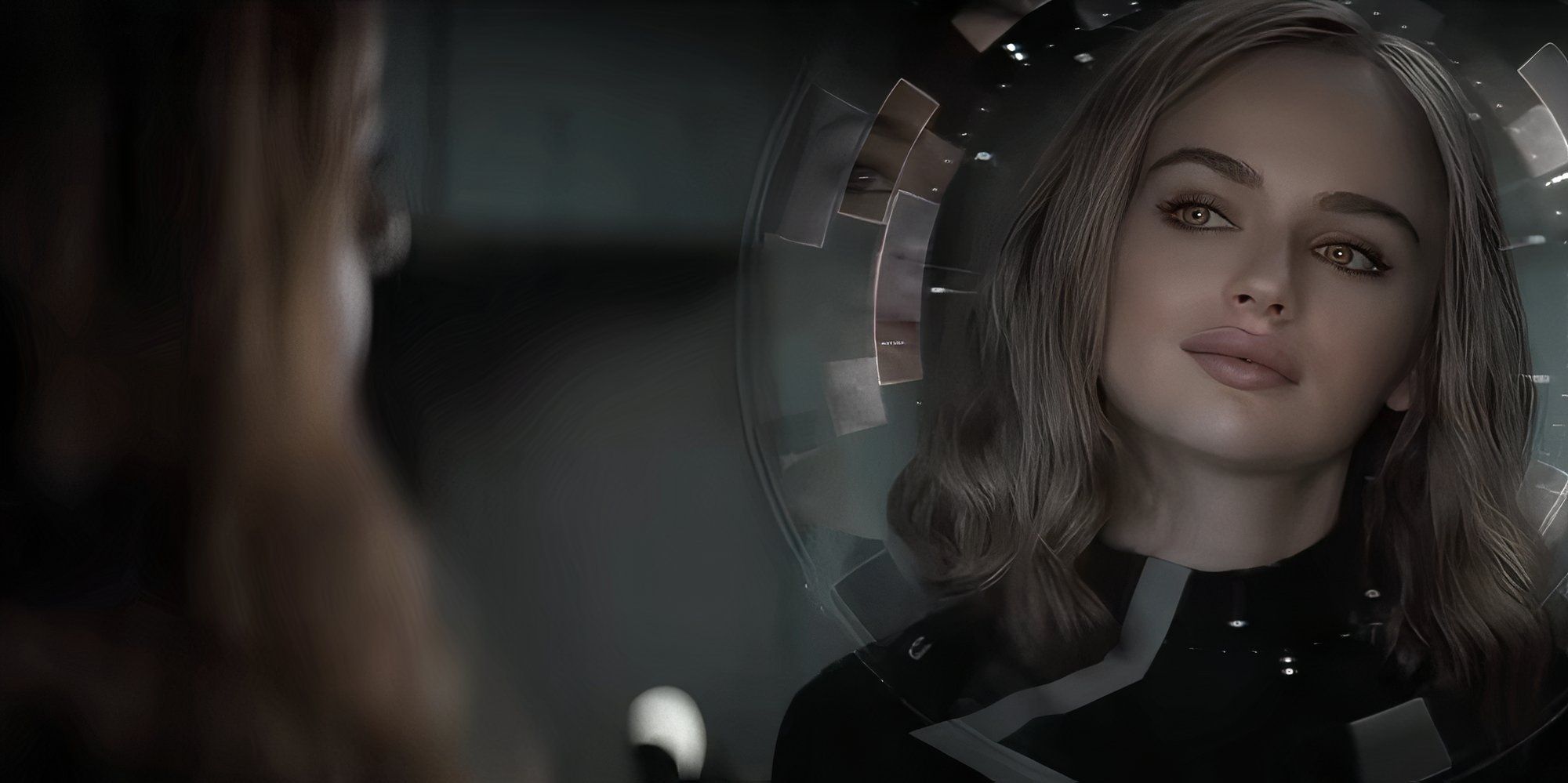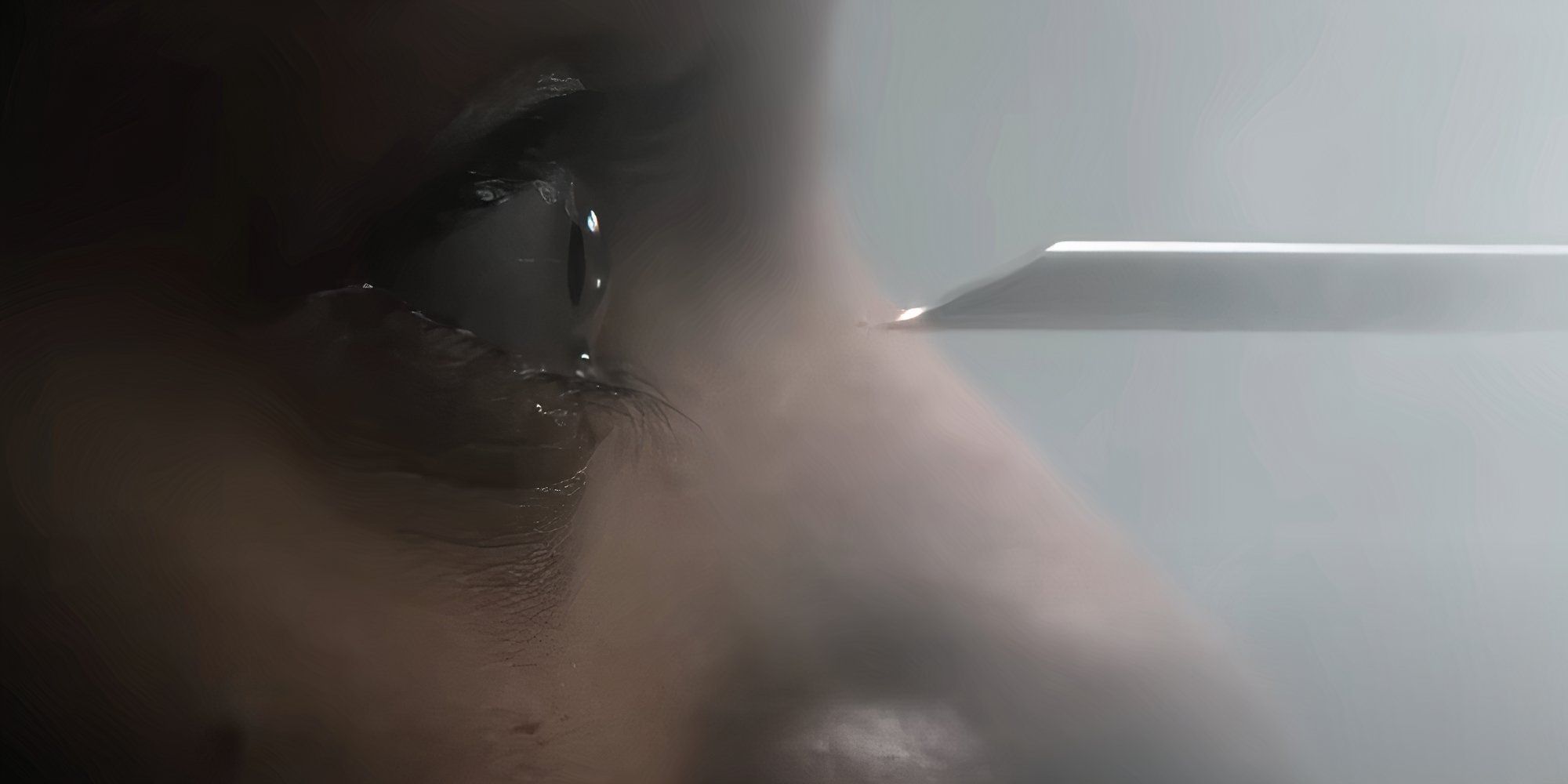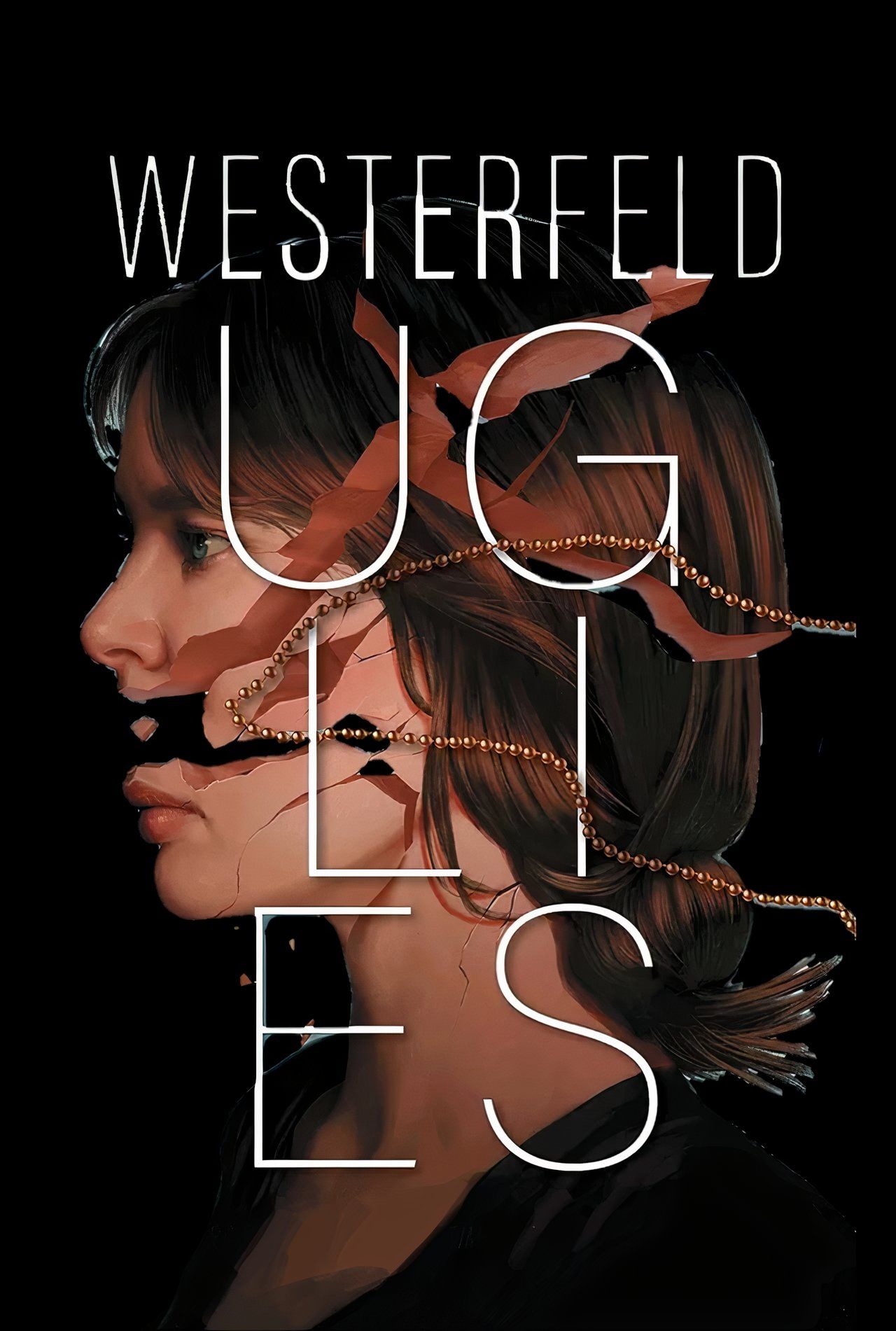Summary
- The “Pretties” in Netflix’s Uglies aren’t as shocking as expected, reflecting society’s normalized beauty standards.
- Beauty filters have altered our perception of reality, making “impossible” beauty the new norm in Uglies.
- Scott Westerfeld’s Uglies series remains relevant, with the trailer showing how prophetic the books were about society’s beauty ideals.
The trailer for Netflix’s Uglies teased the appearance of the “Pretties,” and while they left me shocked, it wasn’t in the way I had expected. The upcoming sci-fi film is based on the book series by Scott Westerfeld, which explores the extremes of societal beauty standards (and more) in a futuristic world. Ordinary people are considered ugly until they turn 16 when they receive an operation that gives them perfect beauty from head to toe. These Pretties are meant to be so gorgeous that even naturally beautiful people look grotesque. Of course, this made me eager to see what Netflix would bring to the screen.
Scott Westerfeld’s Uglies follows protagonist Tally Youngblood, a 15-year-old girl desperate for her next birthday when she can finally become a Pretty. In preparation for this, Tally entertains herself using Morphos, a software that shows her what she might look like if her facial features were perfected with immaculate symmetry, perfect skin tone, and glittering eyes. As a pre-teen reading Uglies for the first time back in 2005, I was fascinated by the concept of Morphos and Pretties. Now, the trailer for Netflix’s Uglies has finally shown me what I have spent years imagining.
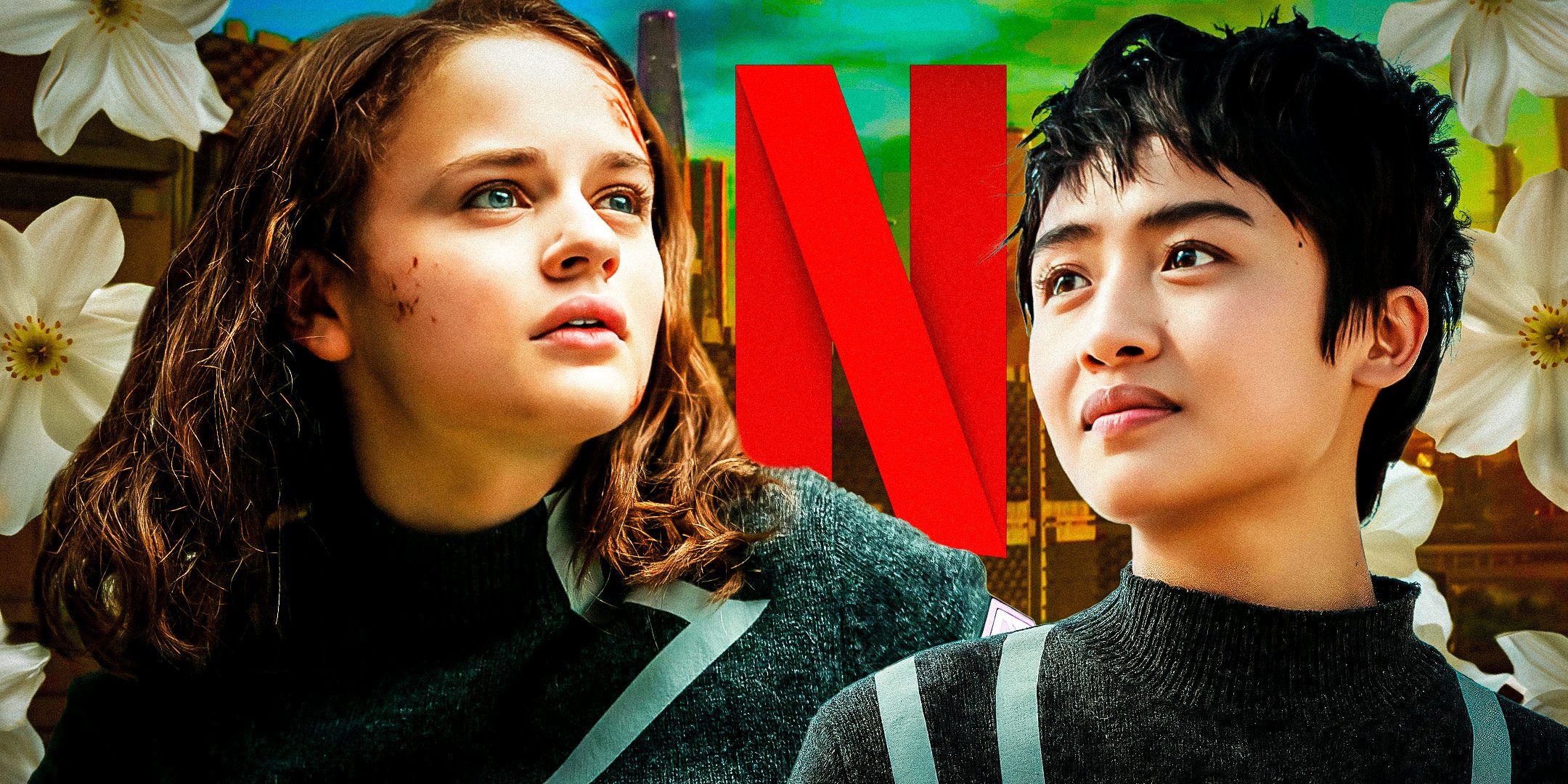
Related
Why Characters Are Called “Ugly” In Netflix’s Uglies Movie
Netflix’s film adaptation of Scott Westerfeld’s Uglies series often uses “Ugly” and “Uglies” as terminology. However, there is a reason for this.
I’m Surprised The “Pretties” In Netflix’s Uglies Aren’t As Shocking As I Expected
The Impossibly Beautiful Pretties Look Weirdly Normal To Me Now
Throughout the Uglies book series, Pretties are described as possessing impossible beauty. Their symmetrical faces are meant to trigger a biological response in those who look at them. Their big eyes make them appear vulnerable, while their symmetry and clear skin convey reassuring health. In comparison, people we consider beautiful by today’s standards still wouldn’t quite stack up. I struggled to imagine this when I read Uglies almost 20 years ago, so I expected to be entirely blown away by the Pretties in Netflix’s Uglies.
I admit, Pretty Paris (Tally’s friend who turned 16 before her) in the Uglies trailer checks all the boxes, but I wasn’t as blown away by his appearance as I had expected. He was symmetrical and beautiful, with glowing skin, large eyes, and full lips that looked anything but natural. I was eager to experience a sense of uncanny valley when I saw Pretties on screen for the first time, but I found that I was already accustomed to this impossible beauty. The same is true for Tally’s Morpho image in the Uglies trailer. It looked like any other beauty filter, so I wasn’t blown away.
Uglies
releases on Netflix September 13, 2024.
Uglies Proves How Beauty Filters Have Changed Our Perception Of Reality
our Society Has Already Normalized Pretties
I’m not alone in being somewhat underwhelmed by the Pretties in the Uglies trailer. Twitter and Reddit are abuzz with discussions about how normal these perfectly beautiful beings appear to viewers. While some have used this to criticize Netflix’s adaptation of Westerfeld’s work, I can’t help but feel that our lack of shock regarding Pretties is far more telling of society’s current beauty standards. When Uglies came out in 2005, we could only imagine such perfect beauty. Now, modern technology has made it impossible to avoid these immaculate faces.
When Uglies came out in 2005, we could only imagine such perfect beauty. Now, modern technology has made it impossible to avoid these immaculate faces.
Beauty filters have become a staple of the internet and social media. Instagram allowed already beautiful models to perfect their faces, and platforms like TikTok applied this to even live videos, ensuring that a person’s followers only saw them with glowing skin, big eyes, and full lips. Because of this, Tally’s perfected Morpho and Paris’ surgically altered faces look just like those we have seen spattered all over the internet. This impossible beauty standard has already become normalized in modern society, so the Pretties of Uglies aren’t as shocking as they might have been a couple of decades ago.
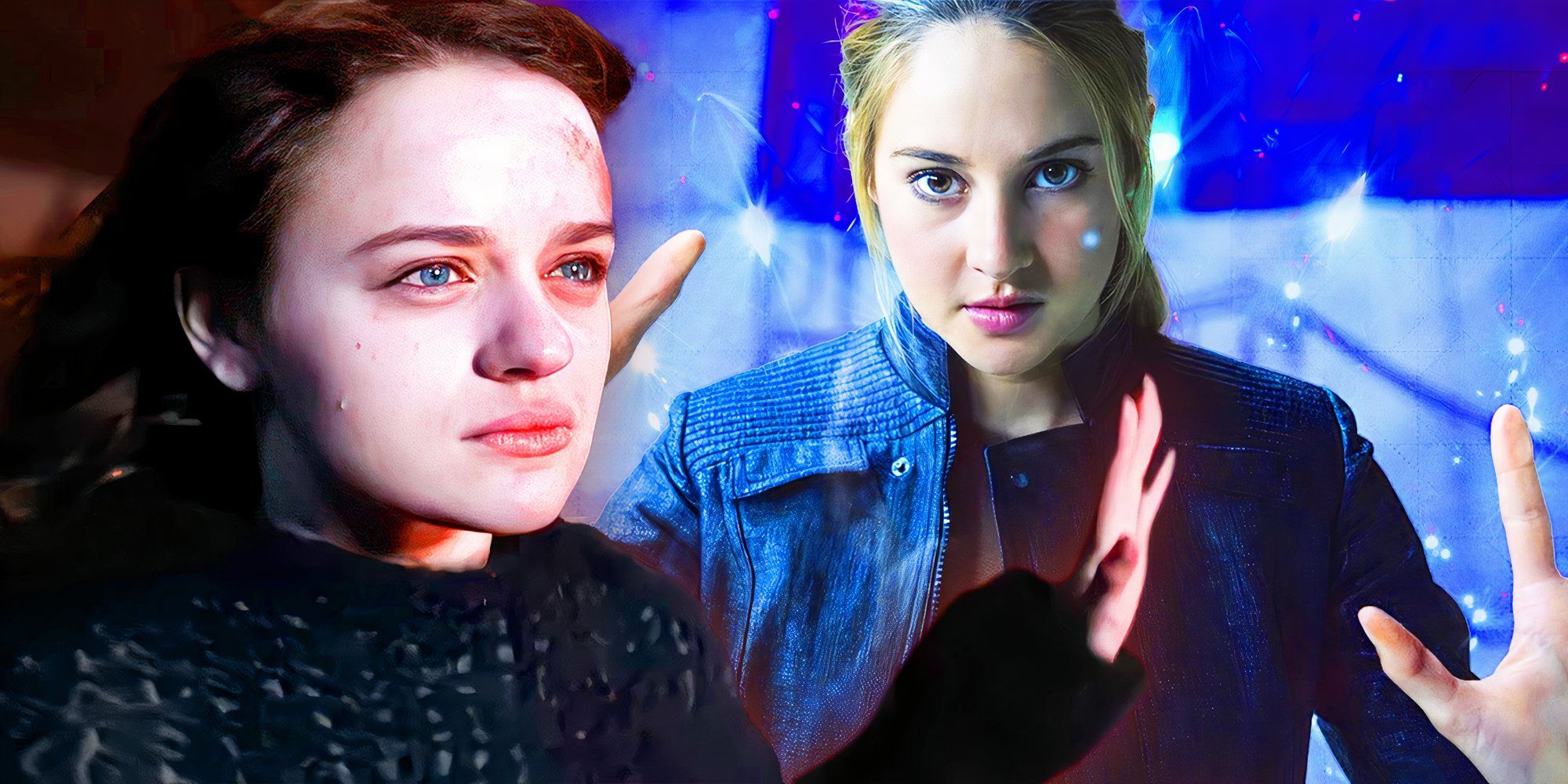
Related
Joey King’s Upcoming Sci-Fi Movie Can Help Redeem A Promising Franchise That Failed Nearly 10 Years Ago
Joey King is set to star in an upcoming Netflix science-fiction action movie reminiscent of a failed sci-fi franchise from ten years ago.
Scott Westerfeld’s Uglies Series Is More Relevant Than Ever Before
The Uglies Series Was Prophetic
The reaction to the trailer for Netflix’s Uglies proves how deeply prophetic Westerfeld’s book series was. When I read the series for the first time in 2005, no software could instantly show me what I would look like with perfected features (at least none that would have been accessible to a 12-year-old). Tally’s Morpho was a completely original concept. Two decades later, however, I have sat in front of a screen on multiple occasions, altering my facial features to perfection just as the Uglies protagonist did.
The original cover of Westerfeld’s Uglies book came with a memorable tagline—“In a world of extreme beauty, anyone normal is ugly.” While we haven’t yet normalized extreme cosmetic surgeries for teenagers, these words apply to today’s society more than ever before. Especially in the digital world, an unaltered face looks odd compared to those obscured by beauty filters. A part of me wishes that Uglies had been adapted into a movie before this became true so that I could have been adequately shocked by Pretty faces. However, this fact ultimately proves that the themes of Tally’s story are more important today than ever before.

